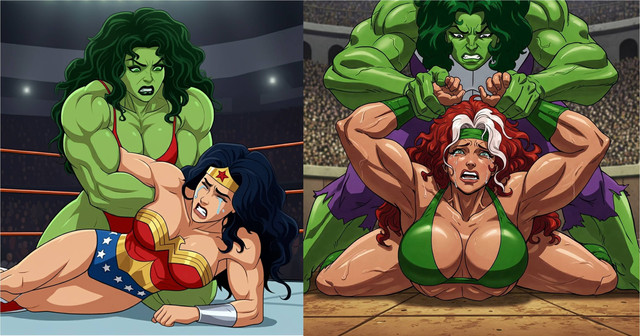HOME | DD
 orlenM — Speculative Evolution - Rukh
orlenM — Speculative Evolution - Rukh

#evolution #roc #spec #speculative #vulture #accipitrifomes #grasslands #hell #rukh #terrorbird #phorusrhacidae #speculativeevolution #gorgaias
Published: 2022-02-17 00:58:00 +0000 UTC; Views: 6111; Favourites: 24; Downloads: 3
Redirect to original
Description
After a very nice vacation, I return with an all new drawing.This is the Rukh, another spec evo creature from my project.
It is a descendant of the Lappet-faced Vulture, one of the only accipitriformes/falconiformes introduced to the world of Gorgaias. With no mammalian predators either, the vulture was well-equipped to assume a variety of carnivorous niches. The Rukh is one descendant that filled a niche similar to the Phorusrhacids (terror birds) on Earth. Even with the mammals that were seeded onto Gorgaias evolving to take on predatory roles, the Rukh still successfully lives alongside them.
The Rukh inhabits open windswept plains. Taller then a man and weighing around 100 kg, it is of course flightless and gets around by running. It stalks the steppe environment in search of small ungulates, large rodents and reptiles to kill, but it will also scavenge, and even chase smaller predators from kills. The small and sturdy wings that remain are possibly used for balance while running and may also help in defense or to knock down prey. The body is covered in a thick layer of feathers that actually make the animal look even larger then it really is. The neck and most of the head are only covered in a very thin layer of feathery down, which is almost completely shed during the warm months; interestingly Rukh increase their rate of scavenging during the warm seasons so this may be linked. The beak is large and ends in a sharp tip that can tear through tough skin and flesh easily, yet the skull is fairly lightweight, so rather than subduing prey with its mouth, the Rukh will subdue it with its powerful legs. Sharp talons and modified scales on the soles help secure prey and then the Rukh begins crushing the neck and head with its feet before tearing into the victims flesh, often while they are alive.
Male and female Rukh are roughly the same size and mate for life. They hunt in groups together with offspring, which will live with both parents into adulthood. Families of Rukhs congregate every couple of years and it is here that unmated mature males and females will find their partners and leave their families. Rukh do not reproduce while raising a brood of young, and while the close protection from both parents means chick mortality is low, the fact that pairs will only produce once every 4-5 years means the population is always kept low.
Next up... a surprise.























